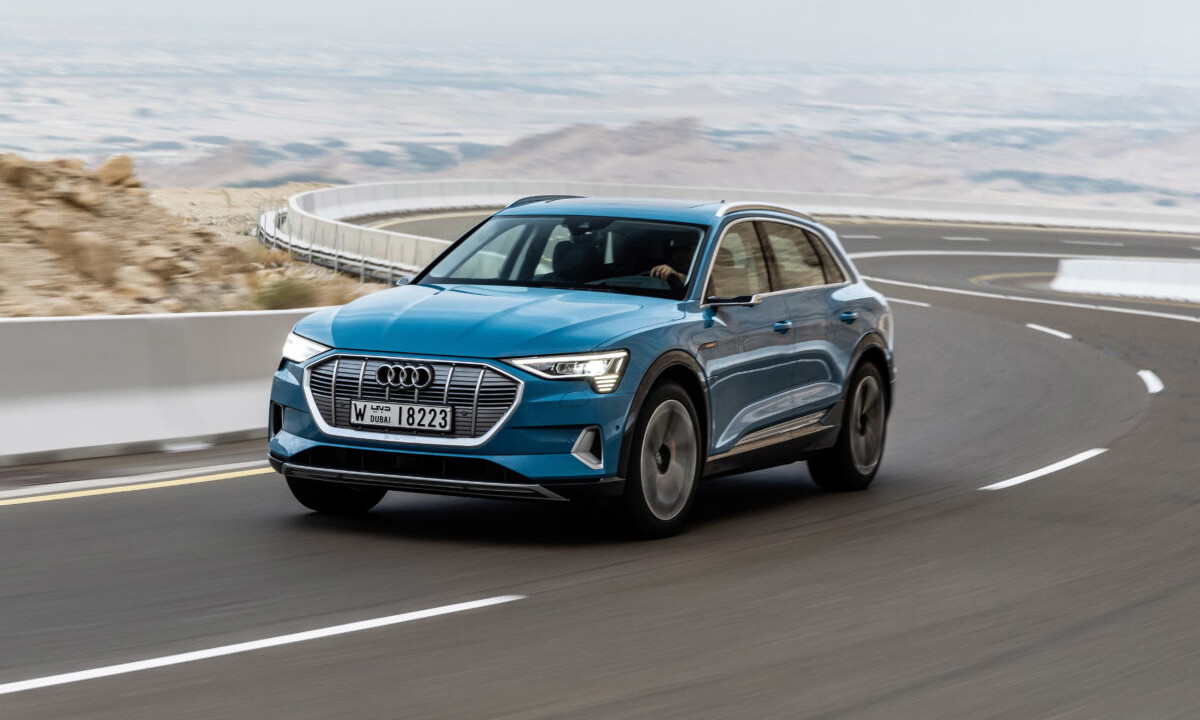According to the American Automobile Association, Americans spend an average of 17,600 minutes driving each year. In other words, every driver in the US spends almost an hour each day in his or her car – commuting, driving to shops or going on vacation. And the reality is that you just cannot do much while driving. In a time where people try to get the most out of their days, being restricted to keeping their vehicles on the road feels like a waste of time.

Talking and Listening
A few years after the first model T’s ran off Ford’s production lines at the beginning of the 20th century, drivers already felt that something was missing, that they could do something while driving. Enter car stereo, the first “distraction” of the pure driving process. Around the 1930s, the first simple AM radios were available, so people could listen to music, news, and other information while driving. At the time, communication was a one-way street: radio stations broadcasted their program, which drivers would listen to.
This mode of communication also prevailed when mobile navigation systems started to appear. From the mid-1990s, these devices featured voice instructions to guide drivers and deliver personalized traffic information. However, it was not possible to talk to this machine, all you could do is follow its advice instead of leafing through old road maps or web printouts.
Much changed when mobile phones became affordable. Cars were effectively turned into motorized telephone boxes. Using hands-free equipment, drivers could make and receive telephone calls without taking their hands off the wheel.
Personalizable Mobile Living Room
The latest innovation: personalized voice assistants which drivers can communicate with. The Garmin Speak, for example, is a little device for your windshield that allows you to use the Amazon Echo service. And according to their press statement, the BMW group will integrate Echo into all BMW and MINI models, starting in the middle of this year. Since its inception in 2015, there is a growing number of 3rd party devices which have Echo capabilities built in.
For many reasons, using this in the car makes perfect sense: As long as self-driving vehicles are still experimented with, using your voice is the only reasonable mode of communication. With a voice assistant in place, the vehicle is suddenly turned into a very versatile touchpoint which becomes increasingly interesting for brands and retailers. Now, drivers can look for products, get their shopping done, organize their next birthday party and check tomorrow’s weather forecast. They are in a comfortable space, they have time to spare, and nobody is there to complain about their constant chatting with their digital butlers. And the best part is that this touchpoint is truly mobile. So if a customer needs an item really urgently, the car could direct her to the nearest store that carries it.
Mercedes-Benz has just announced an experimental API which allows external developers to access the car’s telematics data, such as tire pressure, current fuel level, and the current geolocation of the vehicle. Much like in Apple’s app universe, innovation is externalized to 3rd party engineers, who can use this API to create apps for Mercedes-Benz‘ platform. One could think of many use cases which could be developed: if the car is running low on fuel, the navigation system could navigate the driver to the nearest fuel station; if the tires have problems keeping air pressure stable, this could be a sign that they need replacing. In this case, an app could offer various products to the driver, which he could order via voice, together with a service appointment in the car repair shop.
Finally, even the configuration of vehicles can be changed via software in the future, so that drivers can personalize it even more. If they need some more horsepower, a more advanced audio system or a seat heater, they can quickly order this via the car interface. Car builders are already thinking about standardized vehicles which offer that kind of on-the-fly functionalities.
Outlook
With smart and audio-enabled devices as well as mobile internet connections everywhere, the car is quickly gaining prominence as an exciting touchpoint of the post-web era. Increasingly, drivers interact with brands and retailers through voice and expect instant results – why wait until reaching my destination when I can get served right now? Also for car manufacturers, this has enormous potential. Instead of “just” building motorized vehicles, they become the gatekeepers for products and services and even re-invent how customers pay for their products: Horsepower-as-a-Service.
Just what would Henry Ford say to all of this?
Take a look at our automotive page to find more about which new possibilities there are for brands and retailers, and how a cloud-based commerce platform supports those initiatives in the best possible way.
(Image by AUDI)